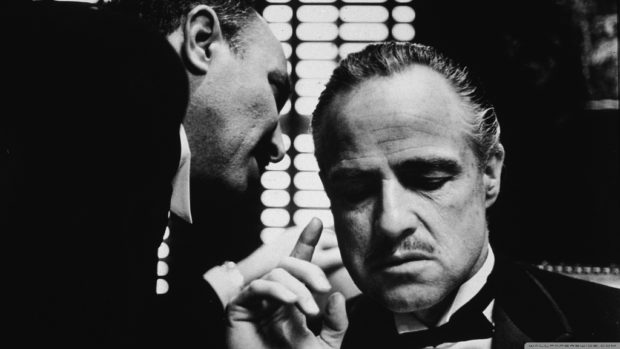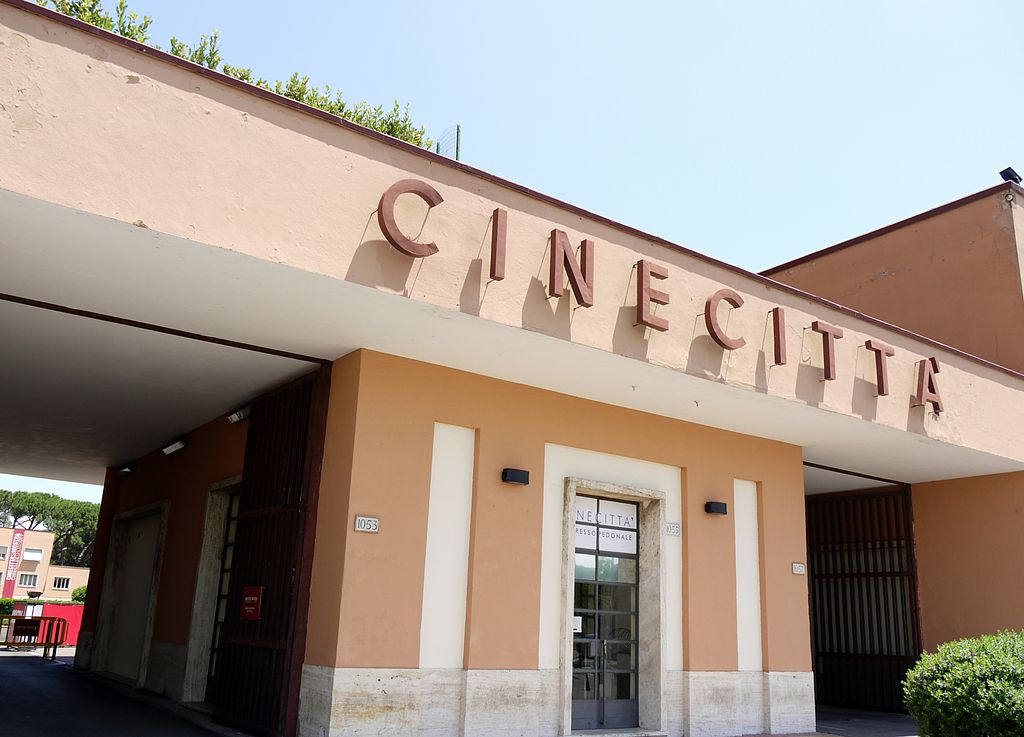
As an Italian movie addict living in New York City, I should not be surprised at the number of initiatives movie theaters organize by drawing inspiration from Italian cinematography. I should not, but I am. I am always surprised. Maybe because Italians tend to forget how deep-bottomed a creative repository Italy is for non-Italians. New York City acts as a good reminder.
The Metrograph in the Lower East Side has recently hosted two retrospectives on Michelangelo Antonioni and on Nanni Moretti. Antonioni will also be celebrated by MoMA with a 22-movie retrospective opening on December 7 and running over the holiday season through January 7, 2018.
Nonetheless, no movie theater has so far dedicated a 34-film series to Hollywood classics filmed in Italy. 34 films in 16 days. A marathon only a strong-boned institution like the Film Forum could have planned and put in place.
A festival of Hollywood movies and stars in Italy, “Roman Hollywood” is not just food for classics binge-watchers. It commemorates the 80th Anniversary of Rome’s Cinecittà Studios: such a hub of Italian cinema that the massive number of international productions being made there in the 50s led to Rome’s being referred to as the “Hollywood on the Tiber.”

The series will open on Wednesday, December 6, with a double treat: Melville Shavelson’s It Started in Naples — bringing on screen three big guns, Clark Gable, Vittorio De Sica and Sophia Loren — and Billy Wilder’s Avanti!, starring irresistible Jack Lemon and Juliet Mills.
The program can count on titles by such seminal filmmakers as Francis Ford Coppola, Martin Scorsese, Vincente Minnelli, Vittorio De Sica, Sergio Leone, Michael Cimino, Wes Anderson, Billy Wilder and many more.
The hint for the project came from character Suzanne Pleshette in Delmer Daves’ Rome Adventure. “I am going to Italy to learn everything there is to learn about love,” announces Suzanne, after quitting her librarian job at a women’s college.
Exactly like her, Hollywood discovered Italy after the war. Fueled by the lure of advantageous co-productions, tax breaks, exotic locations, the bargain-priced soundstages and work force at Rome’s Cinecittà, and by la dolce vita naturalmente, American moviemakers embraced the bel paese passionately. When the embargo on anything American was lifted after Mussolini’s fall, Hollywood movies flooded Italian screens, and were soon followed by an array of producers, stars and directors, including Orson Welles, Edgar G. Ulmer, Vincent Minnelli, Billy Wilder, William Wyler, and Robert Aldrich. Stars like Audrey Hepburn, Clark Gable, Ingrid Bergman, Katharine Hepburn and Kirk Douglas started swarming the eternal city, bringing a bit of tinkle city on the land of cinema.

“What became ‘Hollywood on the Tiber’ was an unlikely cultural/cinematic crossroad, where lavish epics like Quo Vadis, Ben Hur, and Cleopatra rose side by side with Italian Neo-realism. Rid of Fascism and entering an economic boom, Italy became a joyful, stylish symbol of Europe’s new freedom: political, cultural, and sexual – a progressive state of mind with authentic Old World backdrops, and a home-grown movie industry that could match its counterpart in California,” says Giulia D’Agnolo Vallan, programmer of the series. A New York-based film writer, curator, Selection Committee member of the Venice Film Festival and Arts correspondent of Il Manifesto daily newspaper, D’Agnolo Vallan knows what she is doing. After authoring books on Clint Eastwood, George Romero, Robert Aldrich, William Friedkin and Robert Altman, and contributing Marie Claire, Cahiers du Cinéma and Film Comment, she has programmed tributes and retrospectives for Film Forum, the Museum of the Moving Image, the Cinémathèque Française, and other venues around the world.
The 34-title selection does prove her experience: in addition to renowned legends like The Godfather and Cleopatra, she has also cherry-picked and included less known but equally worthy gems — The Lickerish Quartet by Radley Metzger starring Silvana Venturelli, or The Crimson Pirate by Robert Siodmak, to name a couple.
After the first wave of enthusiasm pushing so many talented filmmakers onto the Italian shores during the 50s and 60s, in later years, a second wave of brilliant directors flooded Cinecittà: Italian-Americans like Francis Ford Coppola, Michael Cimino, and Martin Scorsese have returned to shoot films in the Roman Studios.

By browsing the program, you meet mentioned Godfather’s trilogy, which has secured Marlon Brando, Al Pacino, Robert De Niro and his director, Francis Ford Coppola, a place in the Gotha of cinematic immortality. You also find the evergreen, unrivalled William Wyler’s Roman Holiday, whose stars Audrey Hepburn and Gregory Peck are more than cinema — they became history. But also jewels like Sodom and Gomorrah by Robert Aldrich in a 35mm print courtesy Cineteca di Bologna. Come September by Robert Mulligan, starring Rock Hudson and Gina Lollobrigida.

The so-called “volcano bagarre” is also there, with Roberto Rossellini’s Stromboli on the one side and Willelm Dieterle’s Volcano on the other; both films being shot simultaneously in similar locations in the Aeolian Islands, less than 20 miles apart; both main actresses, Ingrid Bergman and Anna Magnani, playing independent-minded women in a Neorealist style, and being respectively in love and in rage with Roberto Rossellini.
De Sica’s fans won’t be disappointed either: they will find Terminal Station, again in a 35mm print courtesy Cineteca di Bologna, featuring Jennifer Jones and Montgomery Clift, and After the Fox with Peter Sellers, Victor Mature, and Britt Ekland. Fans of the mythic couple Humphrey Bogard and Ava Gardner will be especially grateful for the screening of John Houston’s The Barefoot Contessa. And so will be accolades of Tyrone Power and Orson Welles before Prince of Foxes by Henry King.
In the category “as classic as you can get”, Cleopatra and Beat the Devil by Joseph L. Mankiewicz, Quo

Vadis by Mervyn LeRoy, William Wyler’s Ben Hur, Helen of Troy by Robert Wise, King Vidor’s War and Peace — Vittorio Gassmann in the cast, for the forgetful — and, lo and behold, Once Upon a Time in America signed by king Sergio Leone and restored by cannot-do-without Cineteca di Bologna, closing the series in style, on December 21.
Among the most recent movies in the line of “Hollywood goes to Rome,” The Life Aquatic with Steve Zissou by Wes Anderson, which was filmed in and around Naples, Ponza, and the Italian Riviera, The Sicilian by Michael Cimino and Gangs of New York by Martin Scorsese.
Can anyone think of a better way to outlive the Christmas-coming craze of the weeks ahead, and to gently slide towards the holidays break?











